Topstitching is a great finishing touch for many projects, from garments to bags to tablecloths. A subtle decorative touch or a way to sharpen and flatten edges and seams, topstitching can be as simple as a straight stitch on the right side of the project. Here are a few tips (use the ones that suit your fabric and project) to get the best topstitching results every time!
ONE: Straight Stitch Plate
When setting up the machine, use a straight stitch plate. The small round needle opening offers the most support for the fabric, resulting in consistent, even stitches. Of course, this plate only works with a straight stitch in the center needle position. Anything else will cause the needle to hit the plate and break.
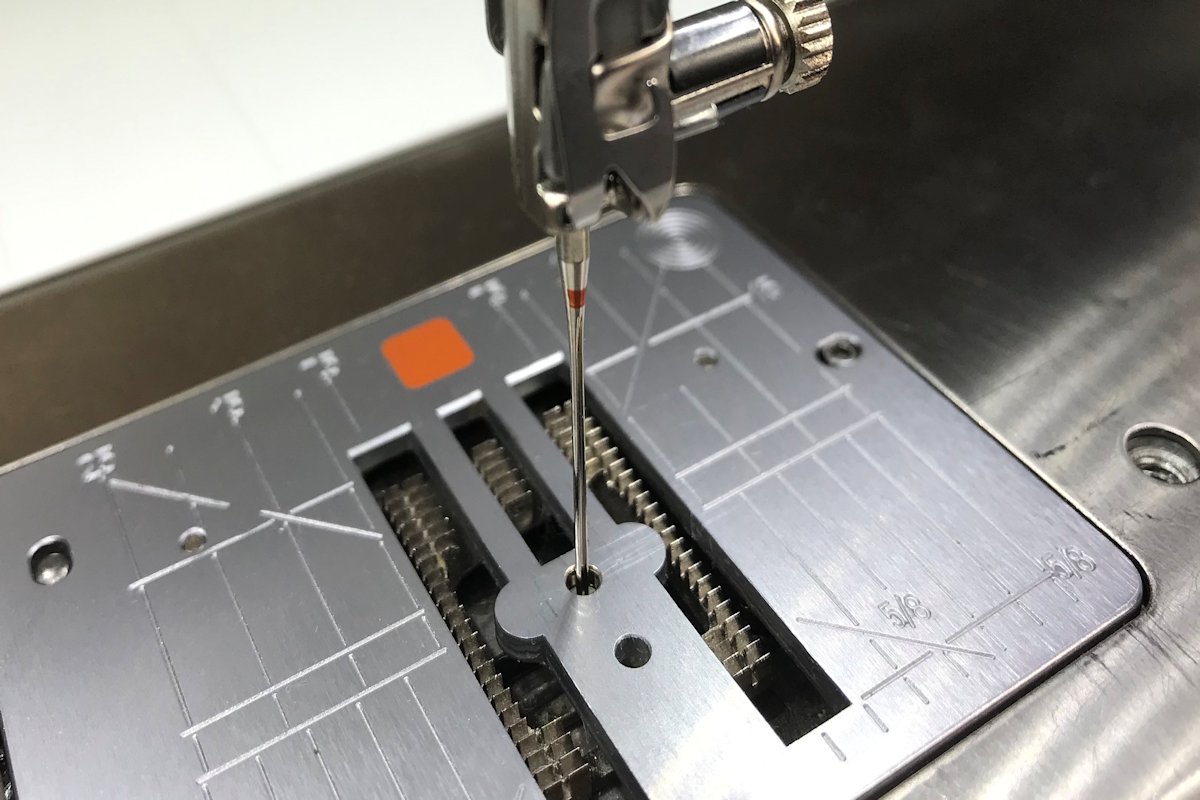
TWO: Presser Feet
Here are a couple of presser feet choices that make a difference in the look of your topstitching. An all-purpose foot will work but, for the best-looking stitch, try one of these. A presser designed to work with heavy topstitching thread is a good choice. It should have a narrow channel on the sole so the heavy thread can easily pass under the foot as you sew.
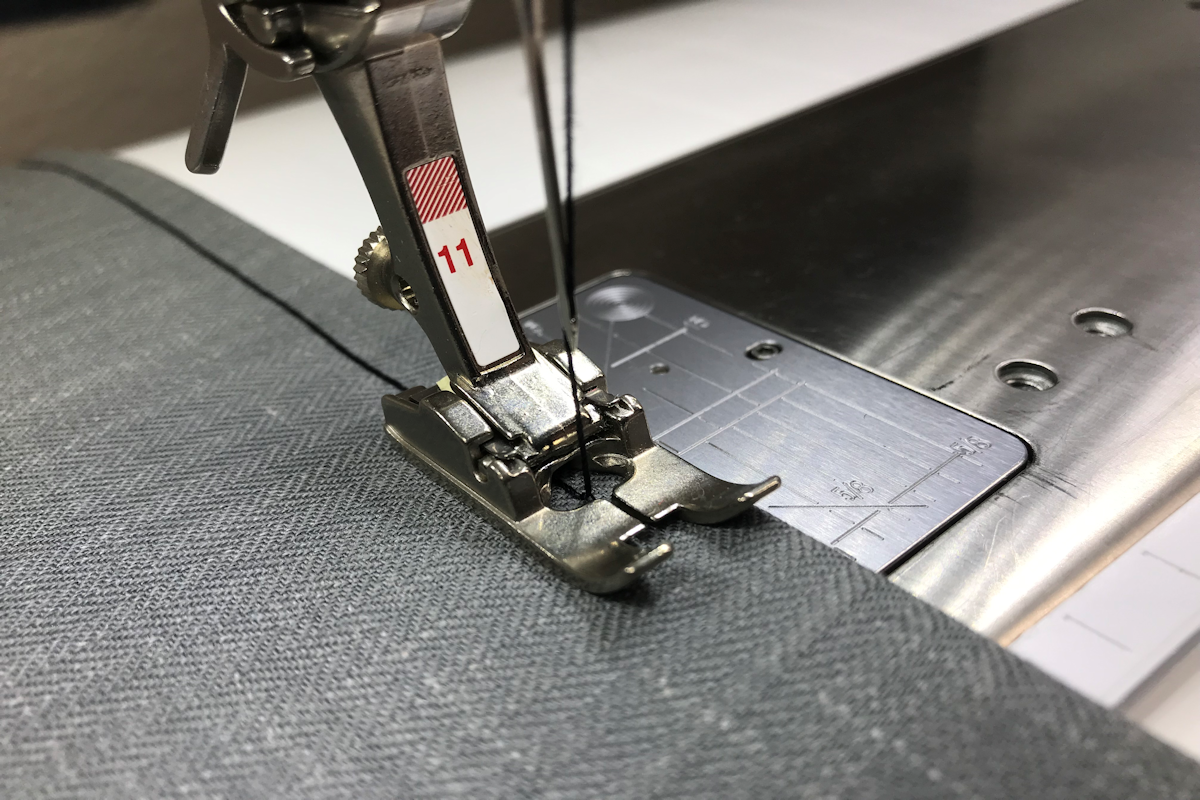
Another option is an edgestitch foot with a center guide. Edgestitching is a form of topstitching sewn close to a finished fabric edge. It helps to define and sharpen garment and other project edges. Place the guide against the fabric edge and adjust the needle position to stitch on the project. As long as you keep the guide against the fabric, your stitching will be parallel to the fabric edge.
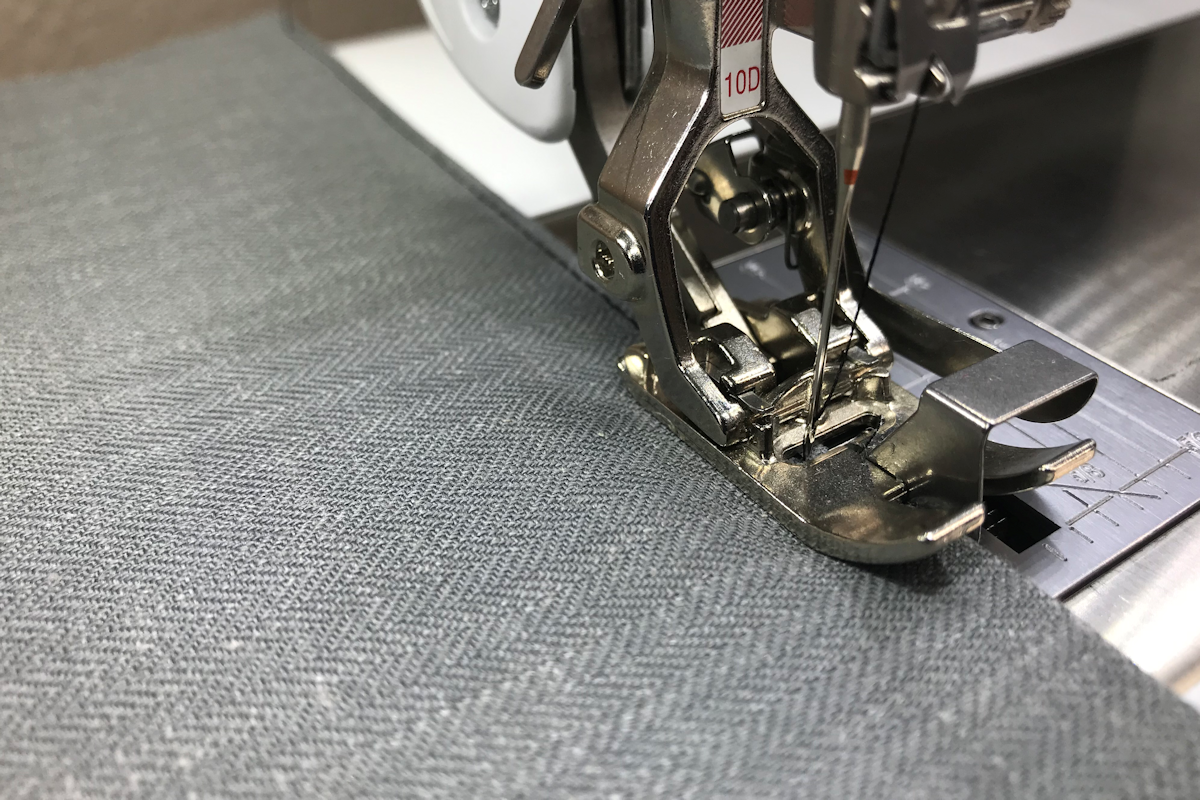
THREE and FOUR: Topstitching Needle and Topstitching Thread
Topstitching thread is a heavier thread that shows more definition and works well for most fabrics, especially medium to heavy weight fabrics. This type of thread requires the use of a topstitching needle to accommodate its thickness. This needle has a sharp point that cleanly pierces woven fabrics for clean stitching. The eye is larger to use with heavier threads if you want more prominent stitching. When using this thread, adjust your stitch length to about 3-4 mm, making the stitches pretty and more defined.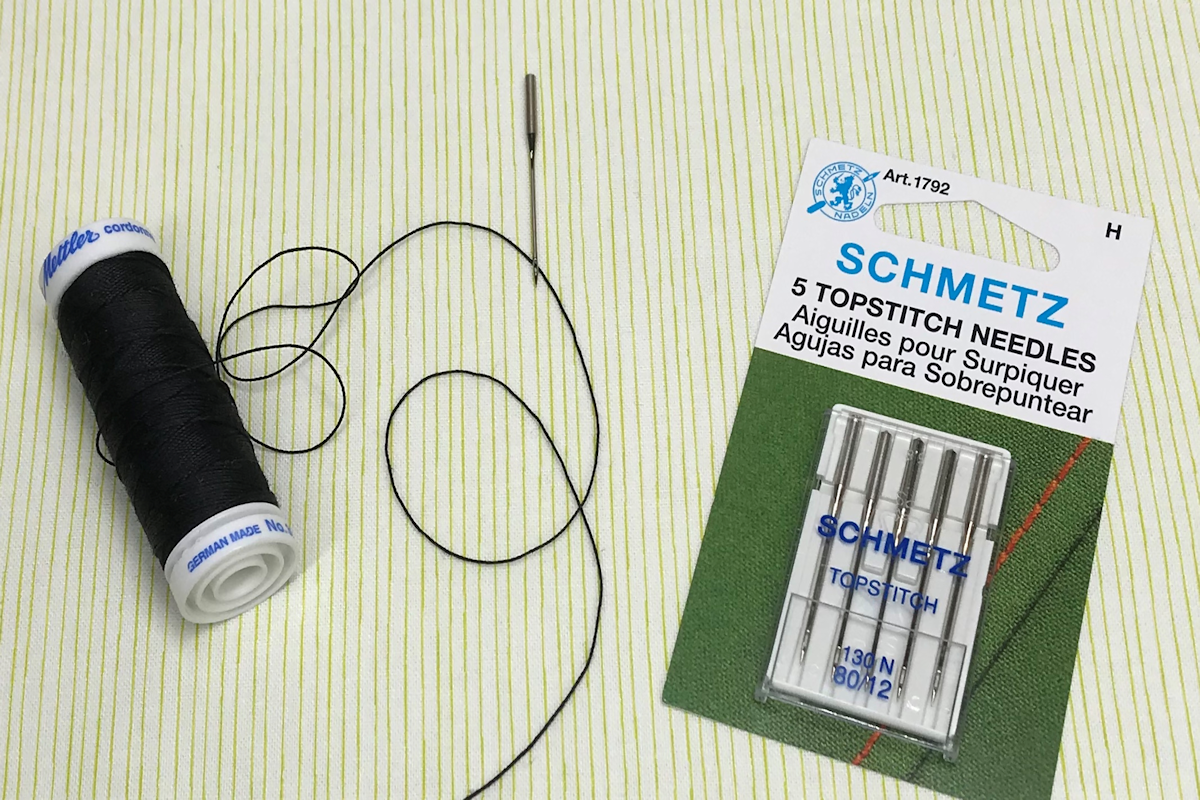
FIVE: Triple Straight Stitch
If you’re not using topstitching thread, you can still have a prominent line of topstitching using regular thread (40- to 50-weight) in the needle and bobbin. Select the triple straight stitch. The needle sews each stitch three times to make it thicker and more defined.
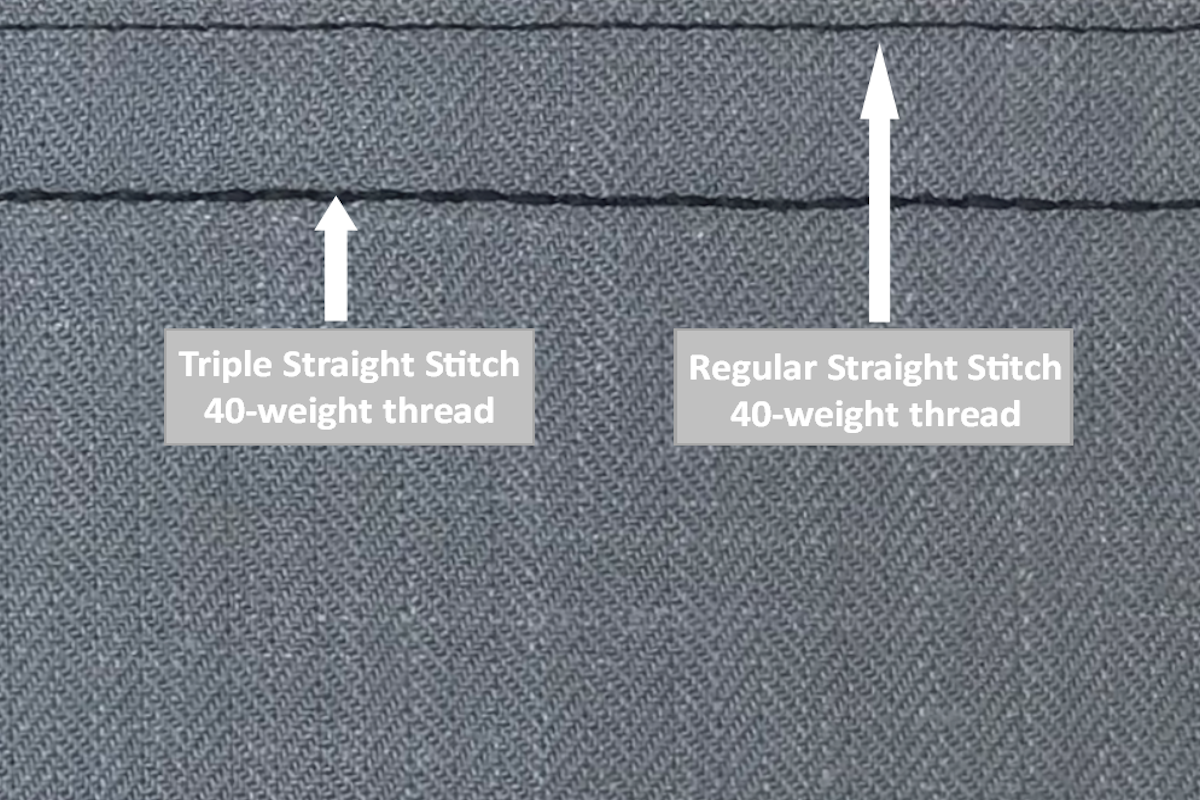
Try any or all of these tips for the best-looking topstitching you can get!

